An IT professional quit his job and spent 2 years building a luxury hotel out of 4 shipping containers in downtown Singapore take a look at how he did it
Marielle Descalsota

- A Malaysian former IT professional founded Singapore's only shipping container hotel chain.
- Seah Liang Chiang estimates that spent around $700,000 building his chain's first hotel complex.
Seah Liang Chiang spent a decade working in IT. But after watching the Netflix show 'Tiny House Nation,' Seah decided to make a career change. He set his sights on becoming a hotelier — specifically, on building tiny hotels out of shipping containers.
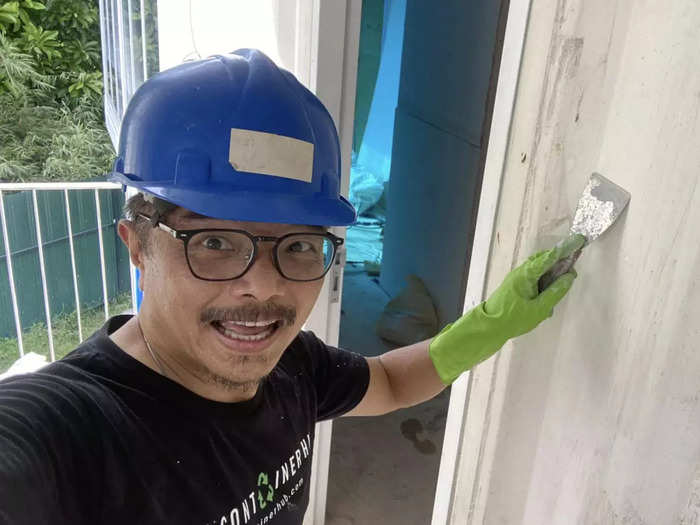
Seah and his wife Lorraine launched a hotel chain called Singapore Container Hotel, and in 2020, they opened their first hotel in an industrial enclave in central Singapore. They went on to open another hotel in Singapore's famous hell-themed park. In both hotels, the living space is made out of a single shipping container.
But Seah was still dreaming of something bigger: He wanted to build a luxury hotel out of four two-story shipping containers.
"I wanted to dispel the notion that recycling shipping containers is a cheap experience," Seah told Insider.
This month, Seah launched his third hotel location, called the Garden Pod, at the Gardens by the Bay, a 101-hectare park with views of the iconic Marina Bay Sands. The hotel took around two years to build.
Seah's first step was to purchase shipping containers, which form the main living space of the hotel. Seah said he bought 10 containers from a container yard in western Singapore.
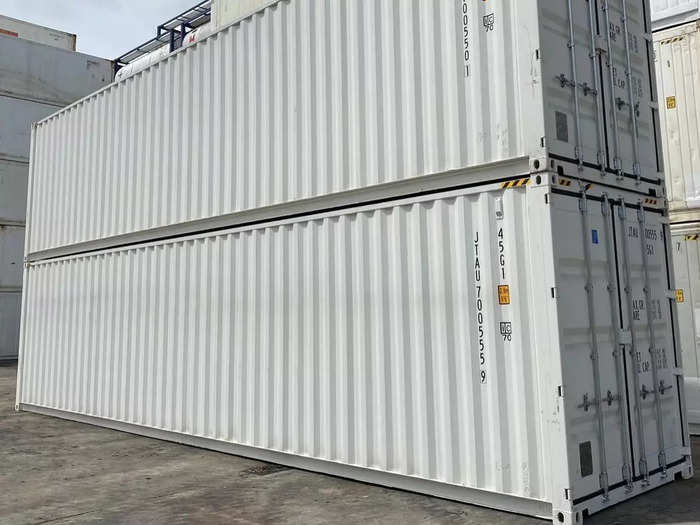
The hotel was designed by local architecture firm Laud. In early 2020, Seah began constructing the hotel with a team of architects and engineers. He estimates that he spent around 1 million Singapore dollars, or about $700,000, to build the complex.
Seah said the containers, which measure 2.4 meters or around 7.8 feet in length, cost around SG$8,000 each.
The first step was to make sure the containers were sturdy enough to be transformed into living spaces. At the yard, the containers were cut open and reinforced with steel beams.
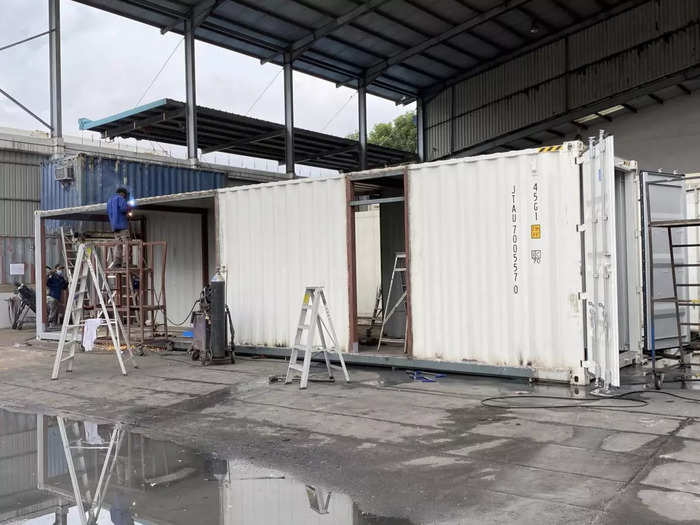
Next, the team installed aluminum frames into the cut-up parts of the containers. Heat-soaked glass, which could withstand the force of the container being hoisted into the air, was fitted into these frames.
The hotel structure was built on site in Gardens by the Bay. The land was flattened, and reinforced slabs and steel bars were used to fortify the ground so it could withstand the weight of the containers.
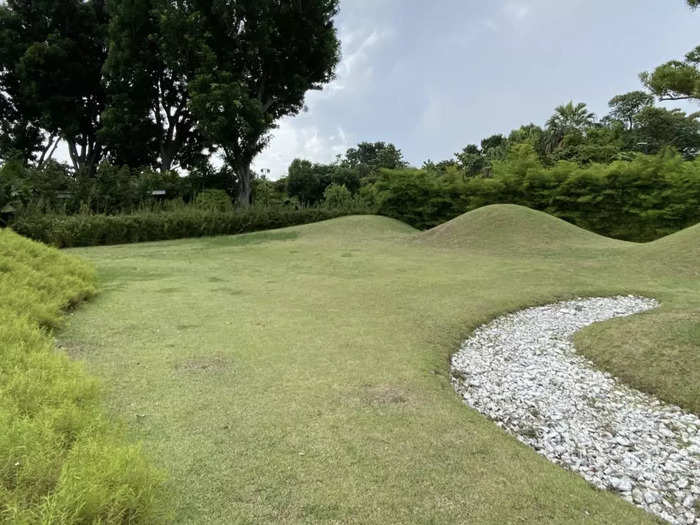
Roughly 50 million people have visited the park in downtown Singapore since it opened in 2012. It's known for having the largest glass greenhouse in the world.
In order to operate the hotel in the park, Seah has to pay rent to Gardens by the Bay. Seah declined to reveal the rental costs at the park.
A representative from Gardens by the Bay told Insider that commercial arrangements are determined by factors like market rental rates and "overall value provided to visitors." The representative did not comment on how much rental costs at the park.
"The Garden Pod is a pop-up hotel concept that Gardens by the Bay developed with the Shipping Container Hotel," the representative said. "We are always open to novel proposals from commercial partners to bring new and interesting experiences to our visitors."
The hotel is not a permanent structure at Gardens by the Bay. Seah built the hotel in a modular fashion so it could be reassembled elsewhere.
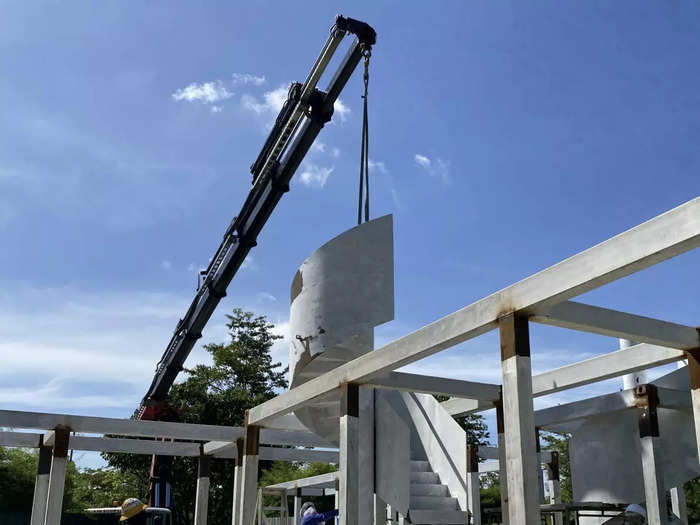
"I had to be able to remove the steel beams — it couldn't be cast in concrete," Seah said.
One of the most notable features in each loft is a spiral staircase, which Seah likened to a sculpture. The hotel has four staircases in total, each of which was hoisted in after the first floor of the hotel was constructed.
While the complex looks like it was built completely with shipping containers, the first floor is made out of metal that mimics the look of a container.
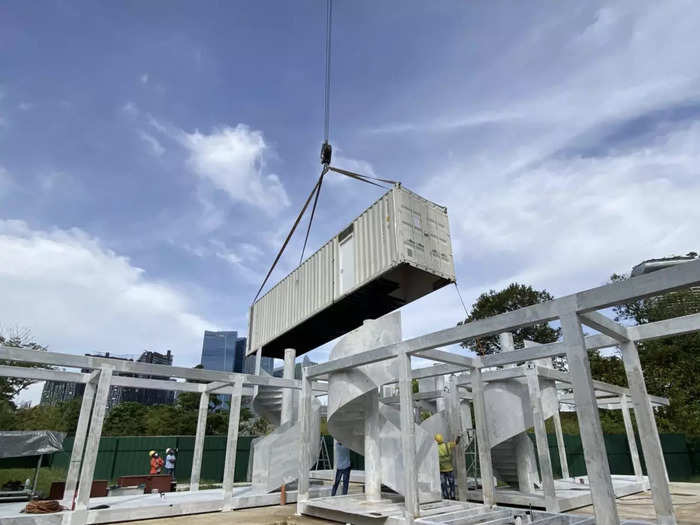
Seah said it was more structurally sound to build the base of the hotel with metal beams rather than shipping containers.
"We wanted the structure to be secure even if there's strong winds," Seah said.
Seah wanted to build sustainably and without concrete, so the hotel's structure is made entirely out of metal.
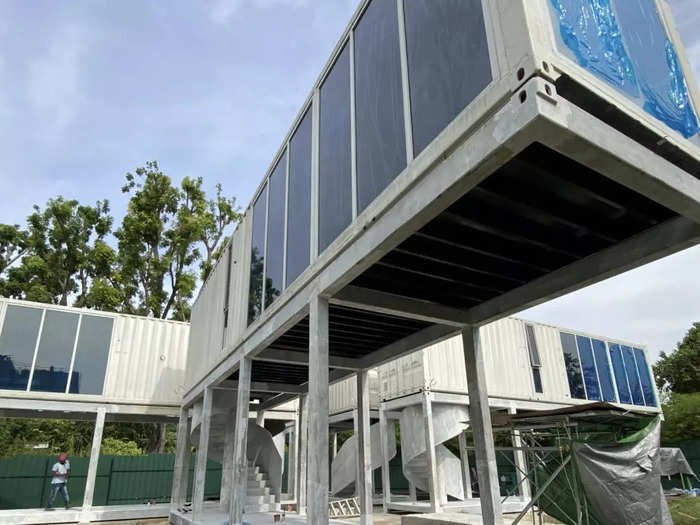
The lofts were joined together with horizontal metal walls and ceilings, Seah explained.
The hotel was fitted with fire-rated walls and ceilings according to Singapore Civil Defence Force guidelines, Seah said.
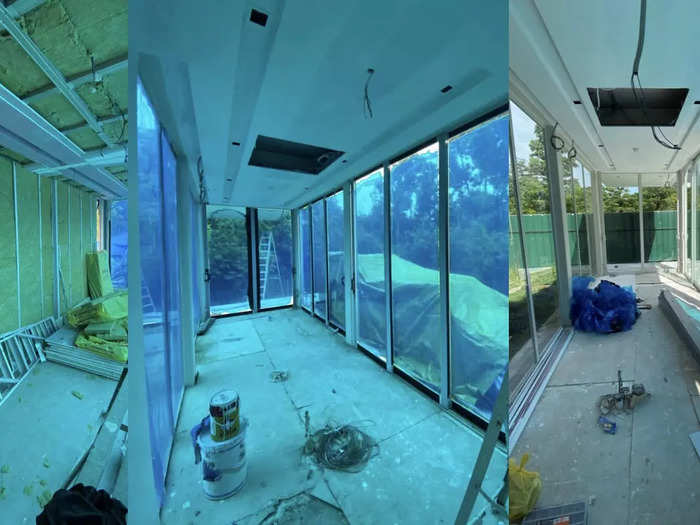
Electrical wiring needed to be concealed inside the walls to prevent fire hazards in the hotel, Seah said. Rockwool was also inserted into the walls so it wouldn't be so hot inside the container, especially in Singapore's tropical weather.
Seah added that building a tiny house in Singapore is "difficult" because of the government's strict safety guidelines, explaining that even temporary structures are held to the same standards as permanent ones.
Seah hired experts from local company PV Foundry to install solar panels.
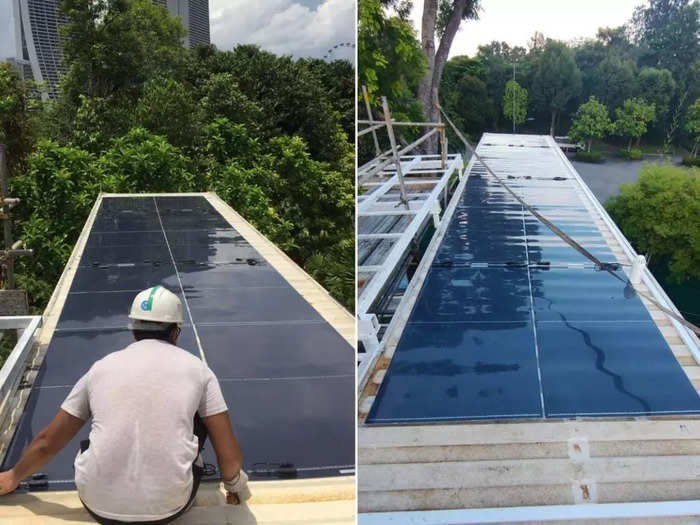
Seah said that only thin and flexible panels were fitted onto the hotel.
"They aren't the traditional thick ones that we commonly see," Seah said, adding that the hotel's electricity is supplied mostly by solar energy.
The interior of each loft is designed with a modern touch. Marble counters and floor-to-ceiling windows create the illusion of a spacious living area.

Each loft, which measures 70 square meters, has a large outdoor patio, a bedroom with en-suite bathroom, a living area, and a dining space.
A night's stay isn't cheap — it costs SG$600 to accomodate four guests.
Thiang Yong Chan, a guest who stayed at the hotel in September, said the loft wasn't "the typical small container" and that it measures up to more established hotels.
"A nice place for a short getaway," Thiang wrote in a Google review. She added that one of the downsides of the hotel is the lack of privacy, because of the tall glass windows.
The outdoor patio is surrounded by greenery as the hotel is located in the middle of the gardens.
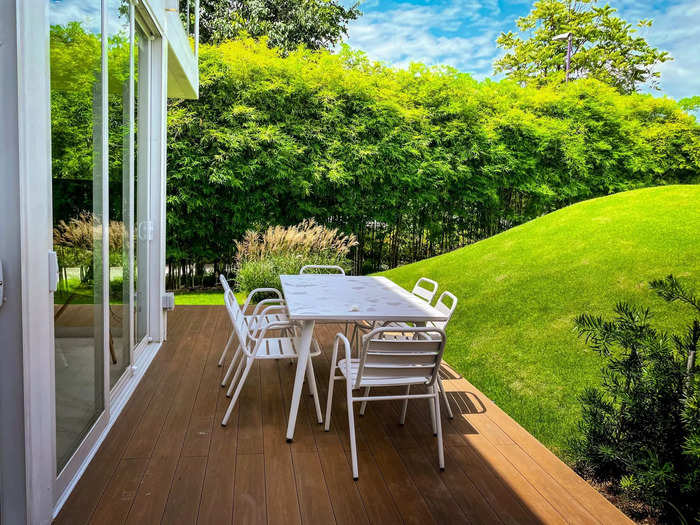
All the patios face different directions of the hotel, so the views differ — the Jasmine duplex, for example, offers a view of the city skyline. The hotel also provides an electric grill.
The bedroom has a minimalist design with wooden walls and large windows. It comes with a double bed and a convertible sofa bed.
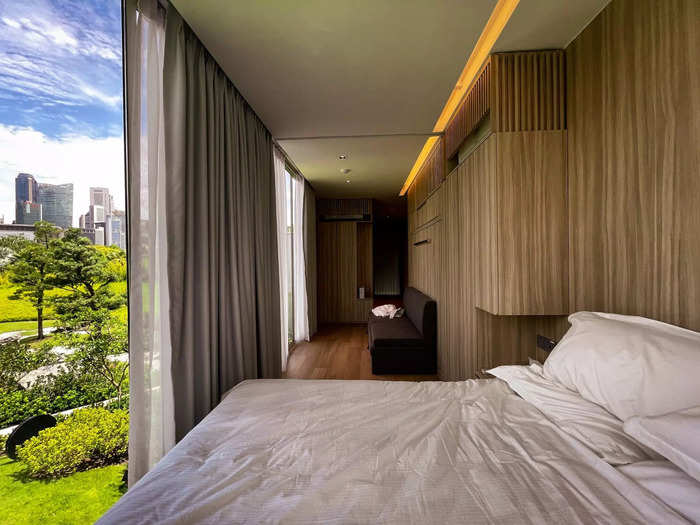
Liang advised guests who want privacy to close the curtains as the bedroom was designed to showcase a panoramic view of the gardens.
The upper floor also has en-suite bathroom with a spacious shower and toilet.
Seah said that while the process of constructing the shipping container hotel complex was challenging, it was worth it, as it's the "closest thing we have to living off the grid."
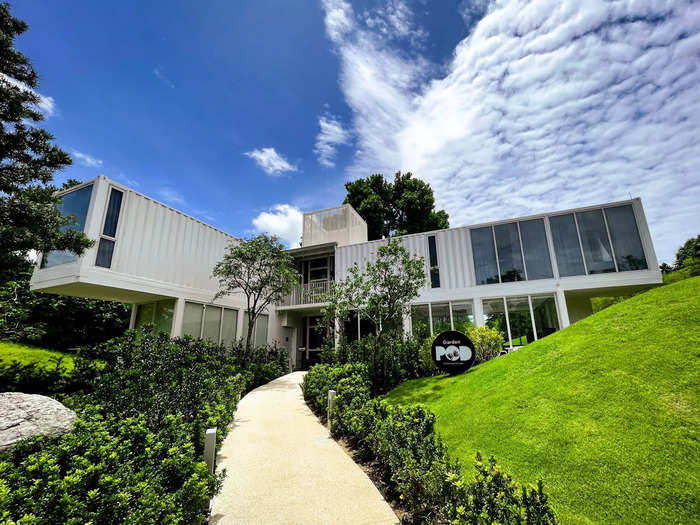
Seah said that it's expensive and tedious to build a tiny house structure in Singapore – which is the opposite of what people typically look for in tiny, mobile living.
"A lot of people are drawn to the hotel because they're intrigued by the closest thing we have to living off-grid," Seah said. "I build these hotels so people can experience tiny house living in the city."
Popular Right Now
Popular Keywords
Advertisement